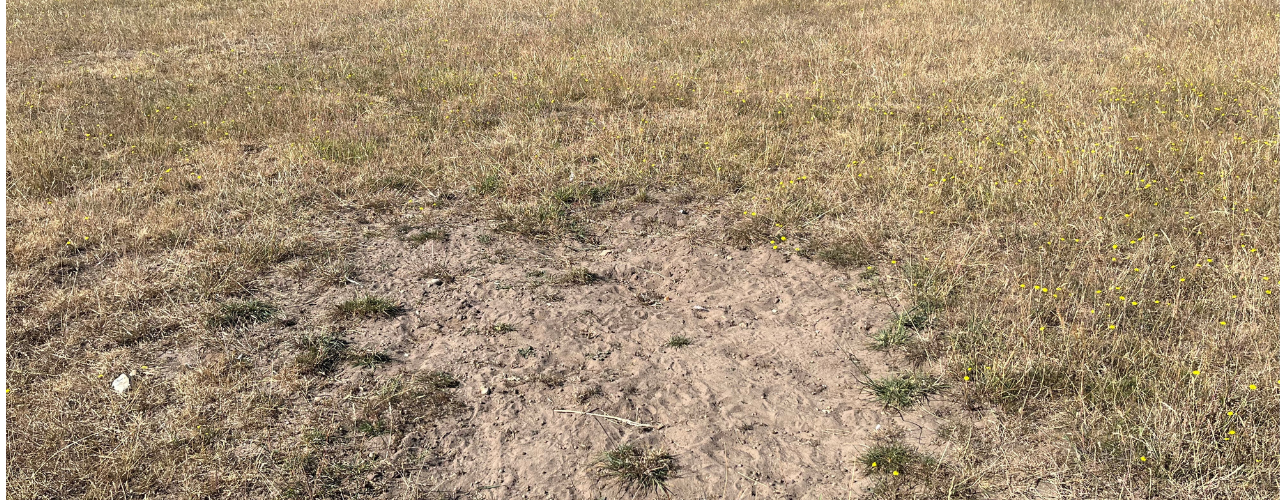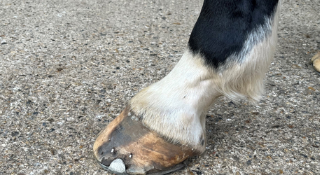
Be sand colic savvy
Keeping your horses on light sandy soil can mean less mud in the winter and easier paddock maintenance come the spring but with it...
13 July 2022
Read More
Be sand colic savvy
Keeping your horses on light sandy soil can mean less mud in the winter and easier paddock maintenance come the spring but with it also comes a risk of sand colic.
Why do horses eat sand?
As a horse grazes on loose, sandy soil it can inadvertently ingest sand and dirt which can accumulate in the gut to cause a digestive upset and colic. Some horses may eat dirt because of a mineral deficiency, while others may pull up sandy roots on poor grazing or on short grazing may accidentally munch a sprinkling of sand with their mouthful of grass. The sand granules may settle in the intestines where they can cause irritation, discomfort and colic.
Signs of colic
The accumulation of sand in the horse’s intestines can cause chronic diarrhoea and in some cases the horse may lose weight for no apparent reason. As sand accumulates the horse’s digestive tract pain and discomfort can result in mild to severe colic with the risk of twisted intestines or a rupture.
How do I know if my horse is at risk?
A simple test, called the mason jar or faecal flotation test, may help to show if your horse is ingesting sand. Take six small balls of faecal matter from the middle of a fresh pile of dung and add them to a litre of water. Leave for around 15 minutes and then check to see if any sand has settled at the bottom of the jar. If you find more than a teaspoon of sand at the bottom your horse is ingesting a potentially risky amount of sand.
The test is not failsafe by any means as sand may have collected in the gut where it settles rather than travelling through the digestive tract.
It’s crucial to call your vet if your horse is showing any signs of colic, however mild. Veterinary examination and ultrasound will reveal any accumulation of sand and the horse can be treated accordingly.
How do you treat a horse with sand colic?
If the horse has a large amount of sand in the gut unfortunately surgery may be the only way to remove it.
Prevention is always better than cure; if you have sandy land you can reduce the chances of your horse ingesting sand by making sure your pasture isn’t overgrazed, using containers or mats to feed hay in the field and feeding a psyllium supplement which is a natural laxative that helps to dislodge sand granules.
https://equusmagazine.com/injuries-and-first-aid/the-facts-about-sand-colic-in-horses-8507/
MM-20660

Keeping your horses on light sandy soil can mean less mud in the winter and easier paddock maintenance come the spring but with it...
13 July 2022
Read More
The fetlock is a hard-working, high motion hinge joint. It is the meeting point of the cannon bone, proximal sesamoid bones and th...
20 June 2022
Read More